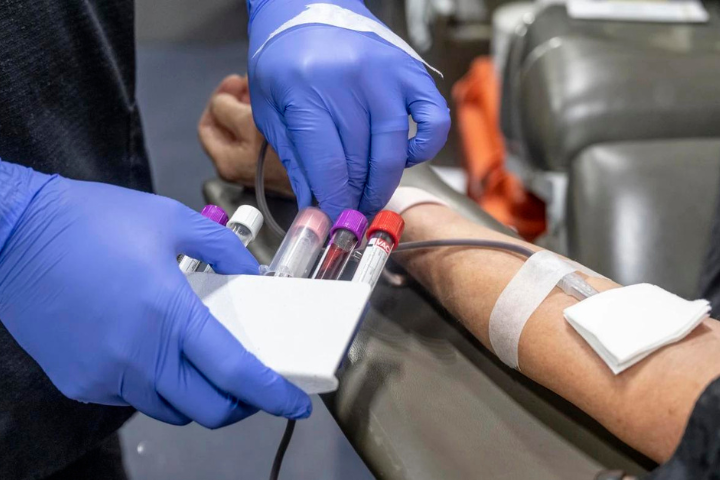A new study published in JAMA Network Open has revealed that nearly 1 in 3 Americans may be affected by undiagnosed iron deficiency. The condition, often unnoticed by doctors, can lead to symptoms like fatigue, brain fog, and reduced concentration. Researchers from Brigham and Women’s Hospital analyzed data from over 8,000 U.S. adults, uncovering that 14% had low iron levels and 15% had functional iron deficiency, where iron in the body cannot be properly utilized. Experts warn that the condition can significantly impact daily life, affecting physical and mental performance.
Iron Deficiency: An Overlooked Condition
Doctors usually screen for anaemia but may miss iron deficiency if red blood cell levels appear normal. According to haematologist Dr. Andrew Eisenberger, iron deficiency is not life-threatening but can severely affect quality of life. Patients often suffer from symptoms for years without proper diagnosis, with many finding relief once treated.
Who’s at Risk?
Women, particularly those who are pregnant or menstruating, are most at risk of iron deficiency.
Heavy periods or the high iron needs during pregnancy often leave women iron-depleted.
Men, particularly those with inflammatory conditions like rheumatoid arthritis, can also develop functional iron deficiency.
Diets lacking in meat, which provides the best source of iron, can further increase the risk.
Understanding Iron Deficiency Anaemia
Iron deficiency anaemia occurs when the body lacks enough iron to produce haemoglobin, the substance that allows red blood cells to carry oxygen.
This can lead to fatigue, weakness, pale skin, dizziness, and shortness of breath. Common causes include blood loss, poor diet, pregnancy, or inability to absorb iron.
Treatment typically involves iron supplements, though it’s important to consult a doctor for proper diagnosis.
Preventing anaemia includes consuming iron-rich foods like meat, beans, and leafy greens, along with vitamin C-rich foods to improve iron absorption




GIPHY App Key not set. Please check settings